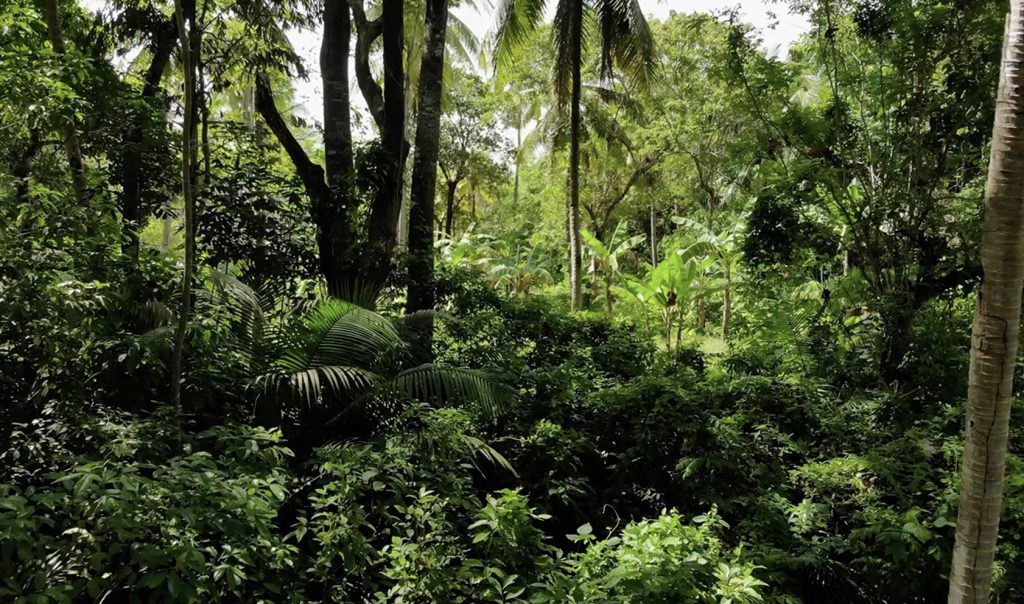SYLLABUS
GS-3: Environment Conservation.
Context:
The United Nations Environment Programme (UNEP) released its report “High-risk forests, high-value returns: A Co-benefits Assessment for Decision-Makers” in October 2025 to highlight the growing threat to the world’s tropical forests.
Key Highlights of the Report
- The UNEP report stated that 391 million hectares of tropical forests are at high risk of deforestation and degradation, posing serious threats to biodiversity, carbon storage, and livelihoods.
- It was observed that these forests sustain around 53 million people who live within 5 km of them and depend directly on forest resources for food, water, and income.
- It highlighted that the Asia-Pacific region has the highest number of people living near high-risk forests, while Africa has the largest population living close to any tropical forest.
United Nations and Environment Programme (UNEP)
- UNEP was founded in 1972 after a UN General Assembly resolution (2997 XXVII).
- It unites 193 Member States to find solutions to climate change, nature and biodiversity loss, and pollution and waste, collectively known as the triple planetary crisis.
- Headquarters: Nairobi, Kenya.
- It noted that between 1990 and 2019, tropical forests absorbed nearly half of global fossil fuel emissions, underscoring their importance for climate stability.
- It is mentioned that each year the world loses about 10 million hectares of tropical forests, an area equivalent to the size of the Republic of Korea.
- It warned that deforestation disrupts the natural “flying rivers” that recycle 10–14 percent of rainfall and sustain water flows, especially in regions like the Amazon.
- It emphasised that the protection of these forests prevents around 527 million tonnes of sediment from entering rivers annually, protecting reservoirs and infrastructure from damage.
- It further added that these forests help avert nearly $81 billion in annual GDP losses by preventing floods, landslides, and soil erosion.
- It reported that the annual investments in forest protection must triple by 2030 and increase sixfold by 2050 to ensure sustainable forest management.
- It clarified that current global forest funding stands at $84 billion, with a shortfall of $216 billion compared to the required $300 billion annual investment by 2030.
- It pointed out that $400 billion in harmful agricultural subsidies contribute to deforestation of about 2.2 million hectares every year, outweighing positive investments in forest conservation.
Significance of the Report
- The report underscores that tropical forests are the foundation of global food, water, and economic systems, not merely carbon sinks or wildlife habitats.
- It highlights that protecting high-risk forests is central to achieving climate, biodiversity, and development goals under international frameworks like the Paris Agreement and the Kunming-Montreal Global Biodiversity Framework.
- It stresses that investing in forest protection safeguards livelihoods, ensures water and food security, and strengthens resilience to natural disasters.
- It calls for governments and investors to recognise the true economic and ecological value of forests and integrate forest action into national development and climate strategies.


